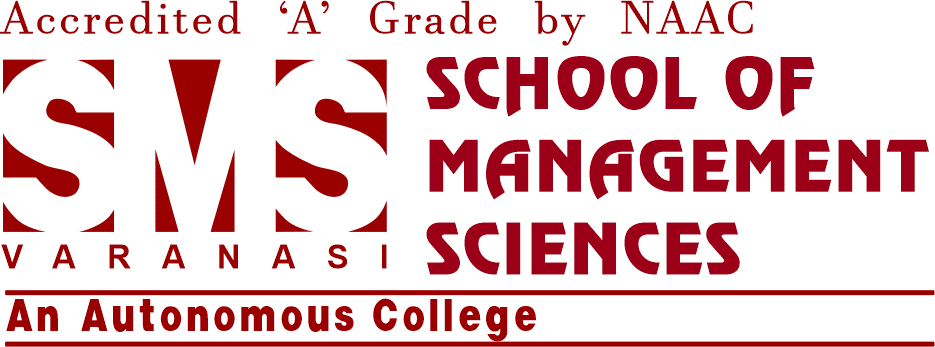The effectiveness of note-taking methods varies significantly among college students, depending on the mode and method used. Studies have shown that while the note-taking method (guided vs. self-generated) may not significantly impact test performance, the mode (handwritten vs. typed) does. The thing to note here is that it has been seen that handwritten notes often result in better multiple-choice test performance.
Let’s delve deeper into this.
Comparative Analysis of Various Note-Taking Methods for College Students
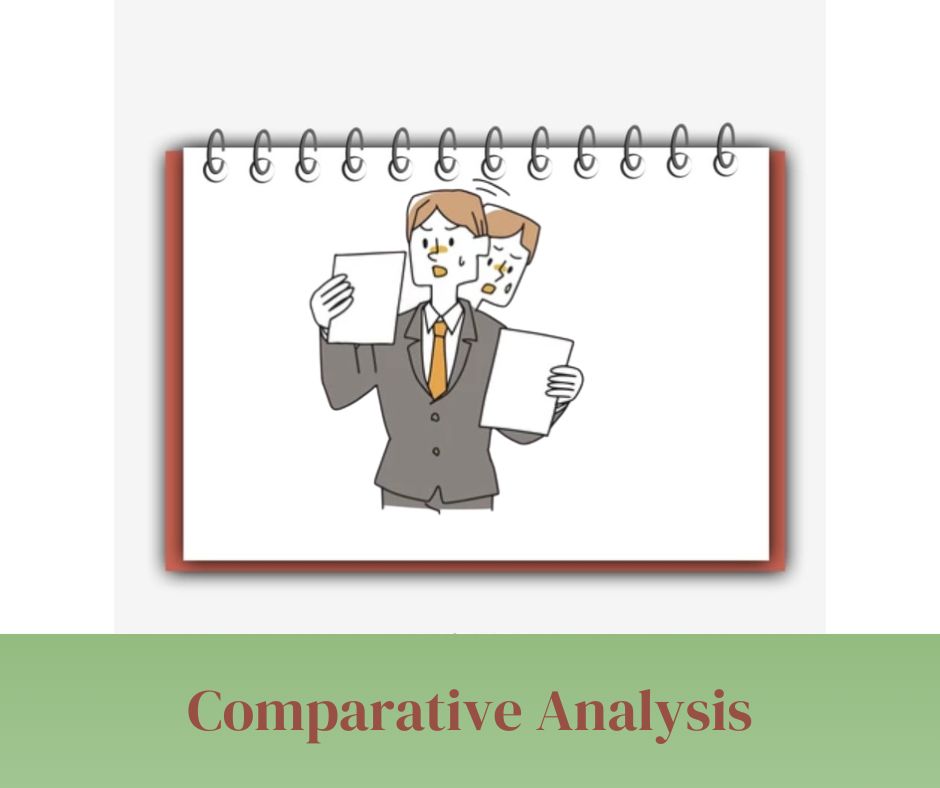
The analysis of various note-taking methods among college students reveals that the effectiveness of note-taking can significantly depend on the mode and method used. Megan W. Blankenship’s study shows that while the note-taking method (guided vs. self-generated) does not significantly affect test performance, the mode (handwritten vs. typed) does.
Handwritten notes resulted in better multiple-choice test performance, although typed notes allowed for a greater quantity of notes (Blankenship, 2016). In contrast, the study by Yinghui Shi et al. found that collaborative note-taking outperformed both laptop and longhand note-taking in terms of learning achievement and cognitive load, suggesting that collaborative efforts can enhance retention and reduce extraneous cognitive load (Shi et al., 2022).
A study by Estíbaliz Aragón-Mendizábal et al. highlights that handwritten notes are also more effective for free recall tasks, while typed notes are beneficial for tasks involving reproduction and recognition(Aragón-Mendizábal et al., 2016).
Joshua L. Williams et al. further supports the dual function of note-taking – encoding and external storage – emphasising that effective note-taking strategies can enhance both immediate retention and long-term recall (Williams et al., 2016). Finally, Ian Schoen’s research underlines the importance of context, demonstrating that typing notes are particularly beneficial in lecture contexts due to higher retention scores compared to handwriting in the same context (Schoen, 2012).
Here’s a comparative table for you:
| S.No. | Paper Title (Author, Year) | Insight |
| 1 | Comparing Note Taking and Test Performance in Methods and Modes of Note Taking Conditions (Blankenship, 2016) | Handwritten notes outperform typed notes in multiple-choice tests, though typed notes result in more notes taken. |
| 2 | Examining the Effects of Note-Taking Styles on College Students’ Learning Achievement and Cognitive Load (Shi et al., 2022) | Collaborative note-taking leads to higher learning achievement and lower cognitive load compared to individual note-taking methods. |
| 3 | A Comparative Study of Handwriting and Computer Typing in Note-Taking by University Students (Aragón-Mendizábal et al., 2016) | Handwritten notes are better for free recall tasks; typed notes are better for reproduction and recognition tasks. |
| 4 | The Use of Feedback to Help College Students Identify Relevant Information on PowerPoint Slides (Williams et al., 2016) | Effective note-taking involves both encoding and external storage, with a mix of handwritten and typed notes enhancing retention. |
| 5 | Effects of Method and Context of Note-Taking on Memory: Handwriting versus Typing in Lecture and Textbook-Reading Contexts (Schoen, 2012) | Typing notes in lecture contexts results in higher retention compared to handwriting notes. |
What are the benefits of handwritten notes over typed notes in college lectures?
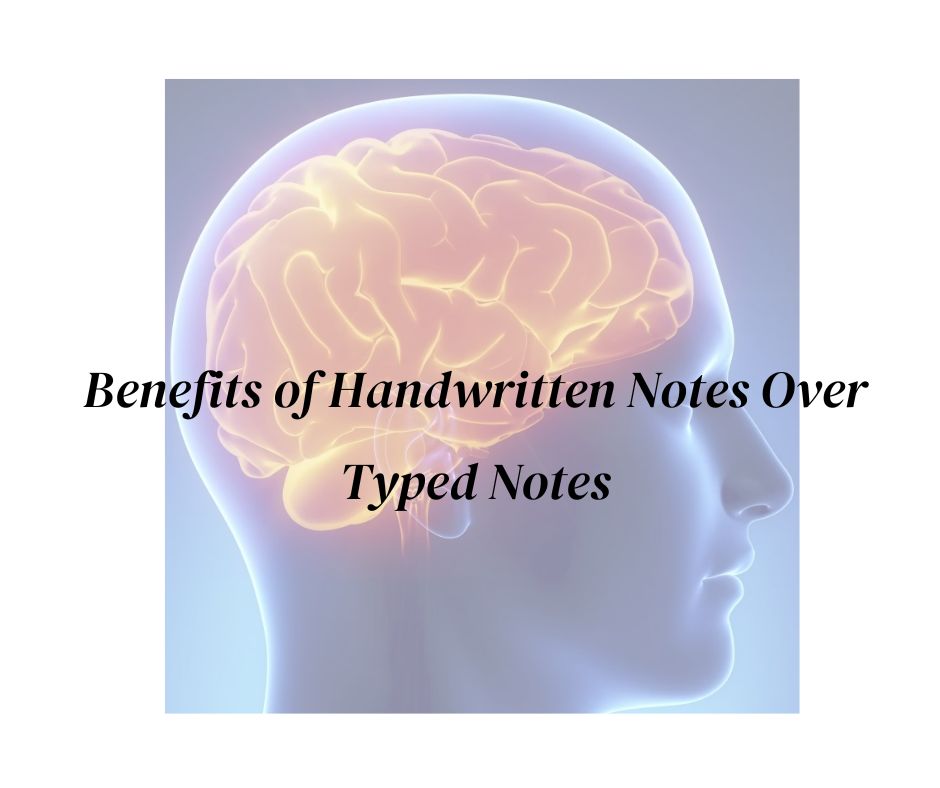
Handwritten notes offer several cognitive advantages over typed notes. A systematic review and meta-analysis by John A. Gallis highlights that handwritten notes provide a slight but statistically significant benefit in recall performance compared to typed notes. This suggests that the physical act of writing enhances the encoding of information (Gallis, 2022).
Handwriting notes involves slower note-taking, which encourages students to paraphrase and synthesise information, leading to deeper cognitive processing and better understanding. Alberto Manzi et al. emphasise that handwriting engages multiple cognitive processes, such as attention, memory, and writing speed, all of which contribute to improved learning outcomes (Manzi et al., 2017).
However, despite these benefits, typed notes offer advantages like faster transcription and ease of organisation, which can be useful in certain contexts (Katarey & Francis, 2014). Digital devices for note-taking can provide efficiency and searchability but may detract from the depth of processing information typically achieved through handwriting.
Thus, the choice between handwriting and typing depends on the context and individual learning preferences.
How does collaborative note-taking improve learning outcomes in college students?
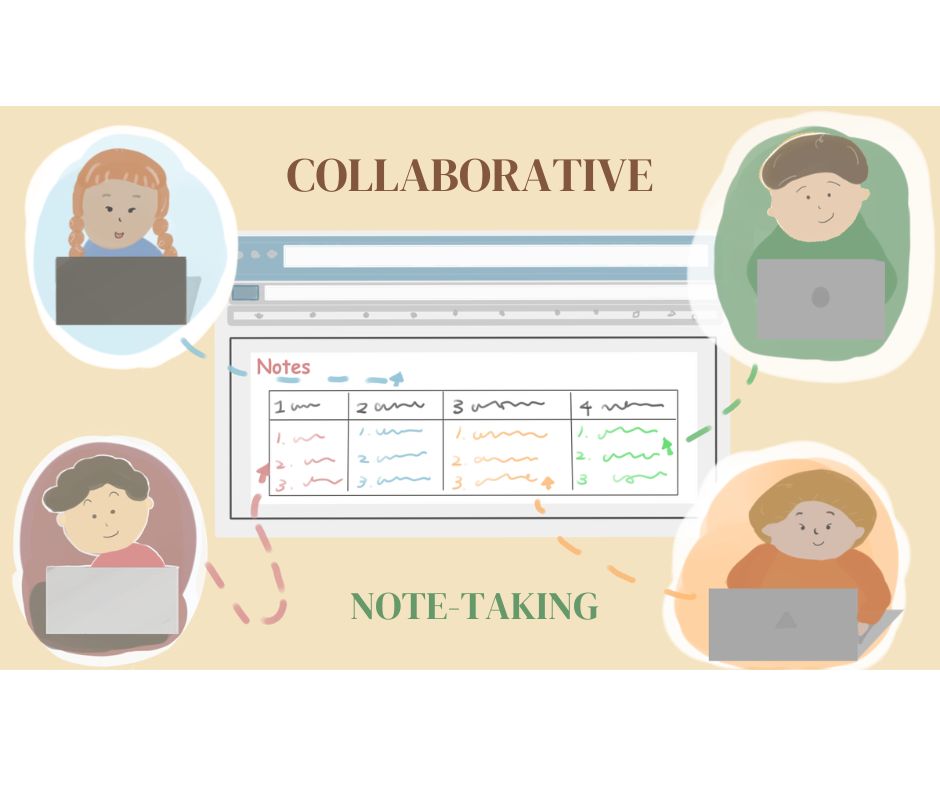
Collaborative note-taking significantly enhances learning outcomes for college students through various cognitive mechanisms. The study by Yinghui Shi et al. suggests that collaboration helps distribute the cognitive efforts required for processing lecture content, reducing extraneous cognitive load.
Mik Fanguy et al. demonstrated that collaborative note-taking improves information retention, though individual note-takers performed better in academic writing tasks. This indicates that collaboration aids memory retention by sharing the effort of capturing lecture details (Fanguy et al., 2021).
Jamie Costley et al. introduced the collaborative encoding-storage paradigm, showing that behaviours such as the volume of words written, edits of others’ contributions, and turn-taking were positively associated with learning outcomes. Active engagement and interaction among students enhance the completeness and quality of notes, thereby improving learning (Costley et al., 2023).
To encourage effective collaborative note-taking, instructors can implement strategies, such as:
- structured note-taking sessions,
- assigning roles within groups, and
- integrating collaborative tools that allow real-time editing and feedback.
By fostering an environment that values collective effort and engagement, instructors can help students maximise the cognitive benefits of collaborative note-taking, leading to improved learning outcomes.
What are the best tools for effective note-taking for college students?
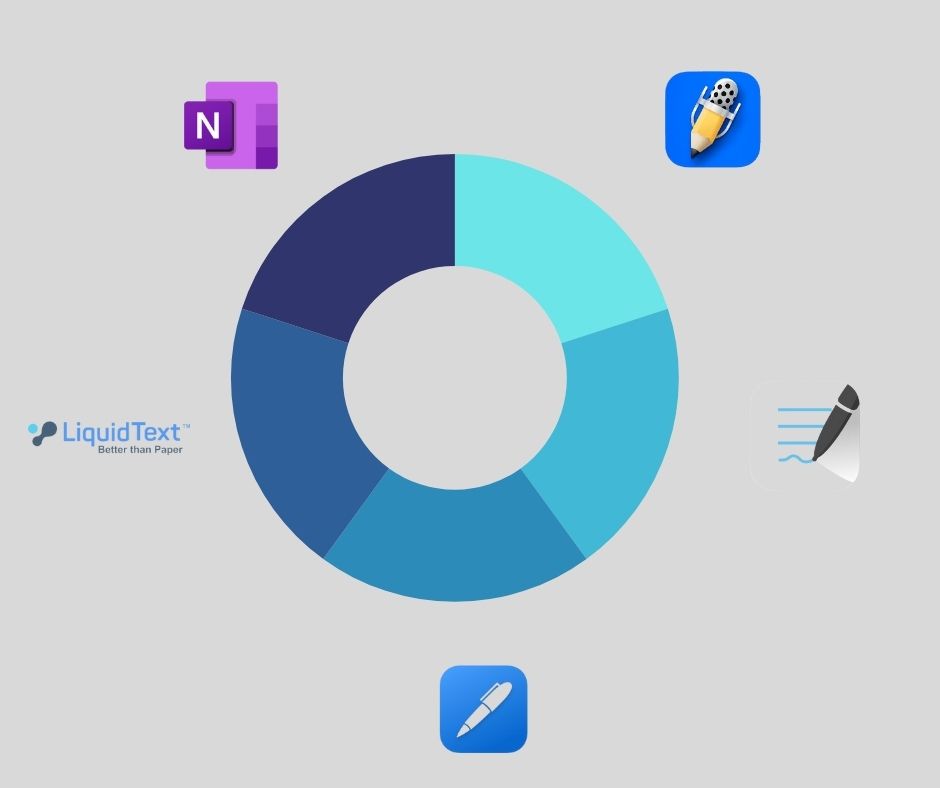
- Microsoft OneNote: OneNote’s notebook interface mimics the look and feel of a physical binder, making it easy to organize notes by subject or class. It allows for handwriting, drawing, and even audio recording, making it a versatile option for different learning styles.
- Notability: This app excels at handwriting and sketching, with a variety of paper templates and pen styles. It also supports audio recording and syncing, making it ideal for taking notes during lectures.
- GoodNotes 5: GoodNotes offers a realistic handwriting experience, with a variety of pens, highlighters, and erasers. It also supports importing PDFs and annotating them directly, making it great for reading and studying textbooks.
- Noteshelf: This app offers a similar handwriting experience to GoodNotes, with customizable paper templates and pens. It also features a powerful search function, making it easy to find specific notes or information.
- LiquidText: LiquidText allows for more than just note-taking; it’s designed for active reading and analysis. You can import documents, highlight key passages, and even link different sections together to create a visual representation of your understanding.
Conclusion
In conclusion, while various note-taking methods offer distinct benefits, the mode of note-taking plays a crucial role in learning effectiveness. Handwritten notes often result in better test performance and deeper cognitive processing, whereas typed and collaborative notes provide advantages in efficiency and retention. The choice of method should align with individual learning preferences and the specific academic context.
Choose the note-taking method that suits you best and start working!
